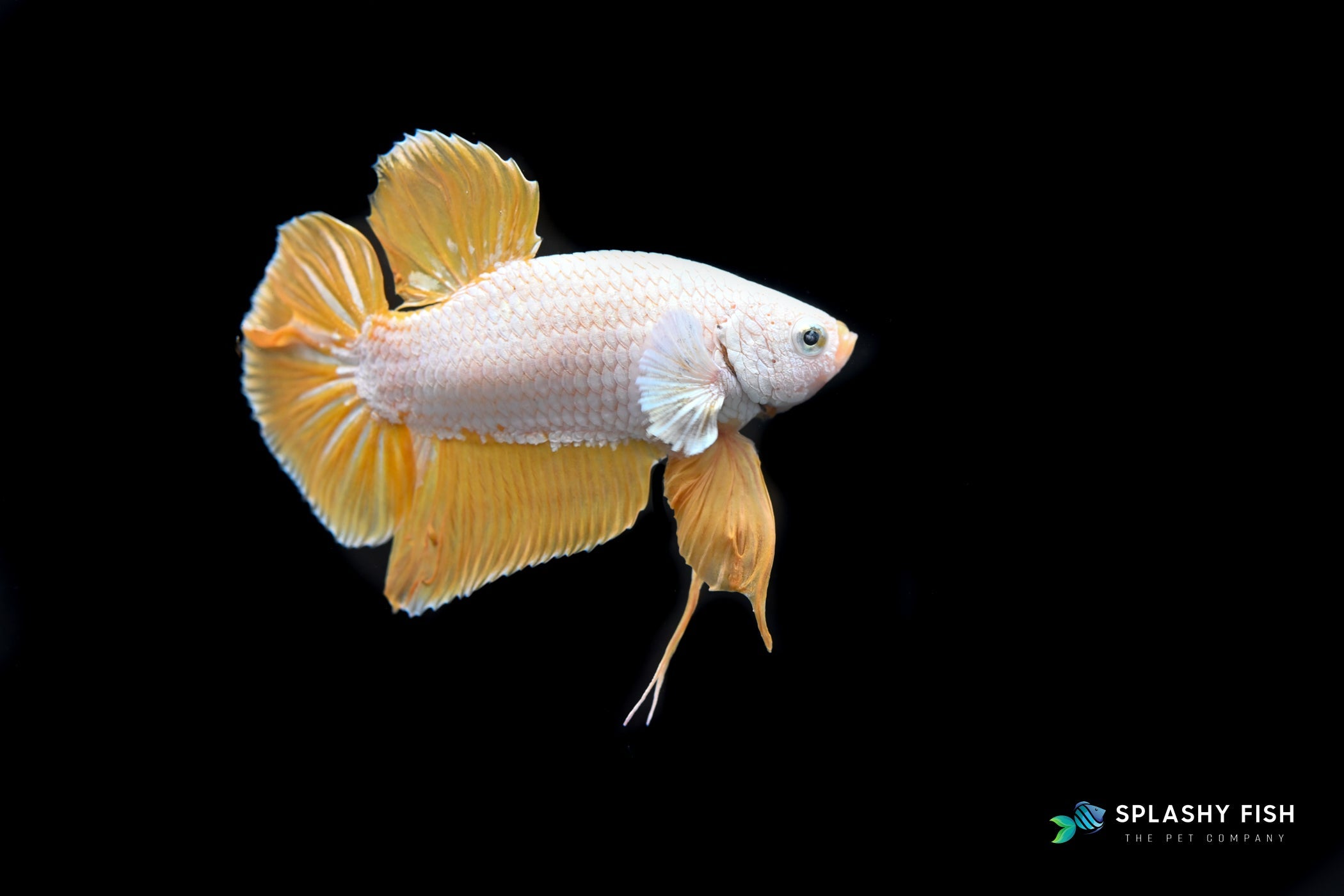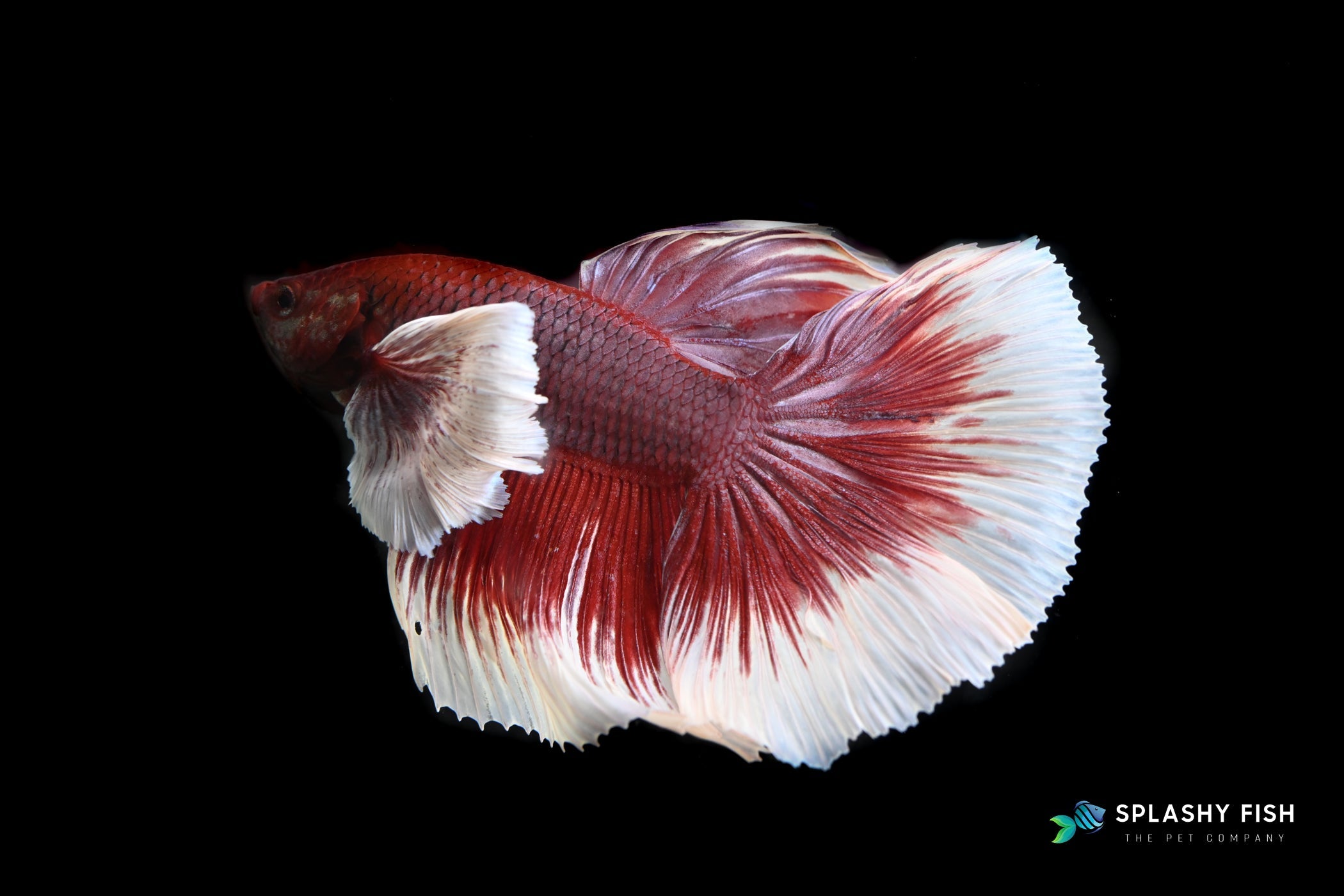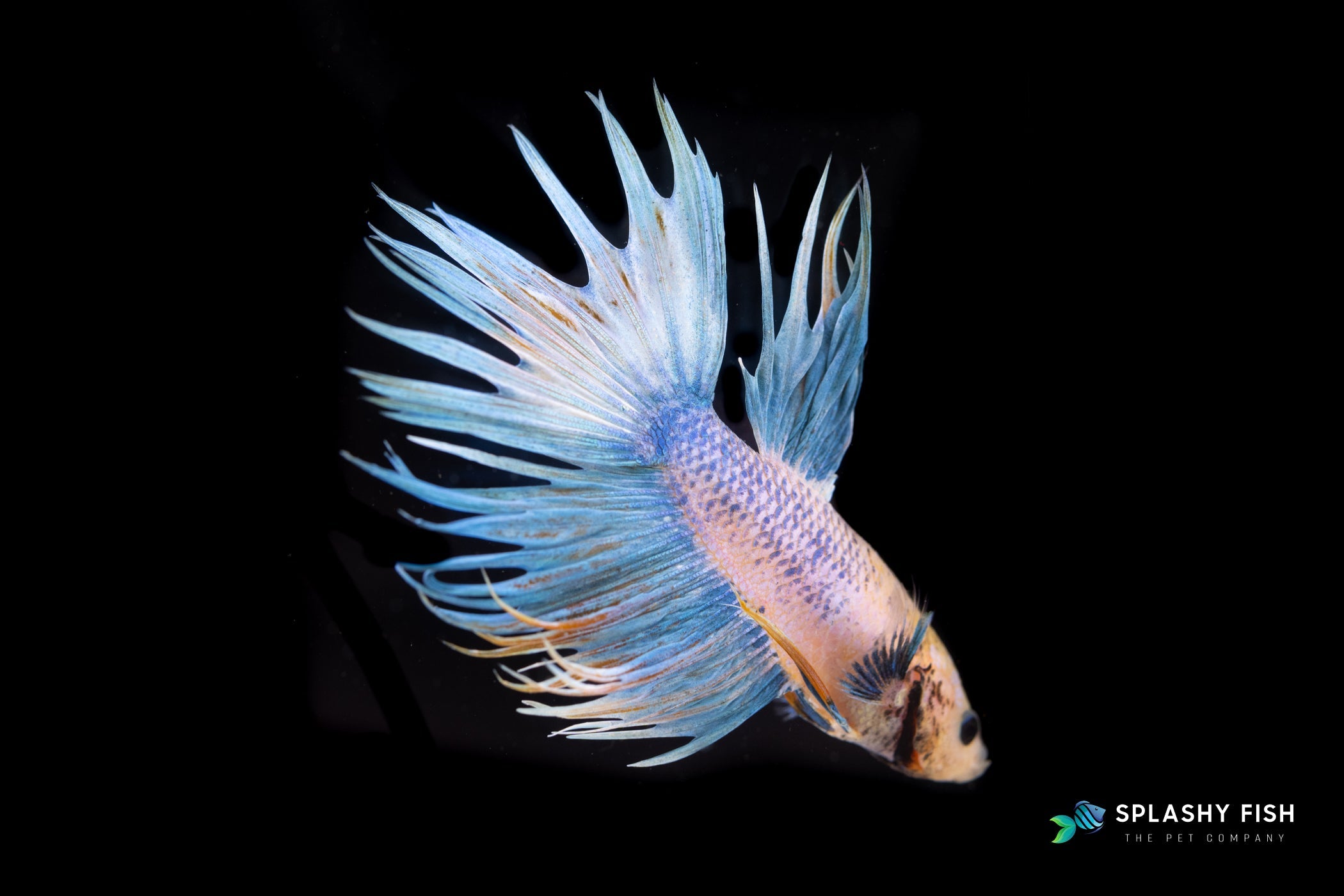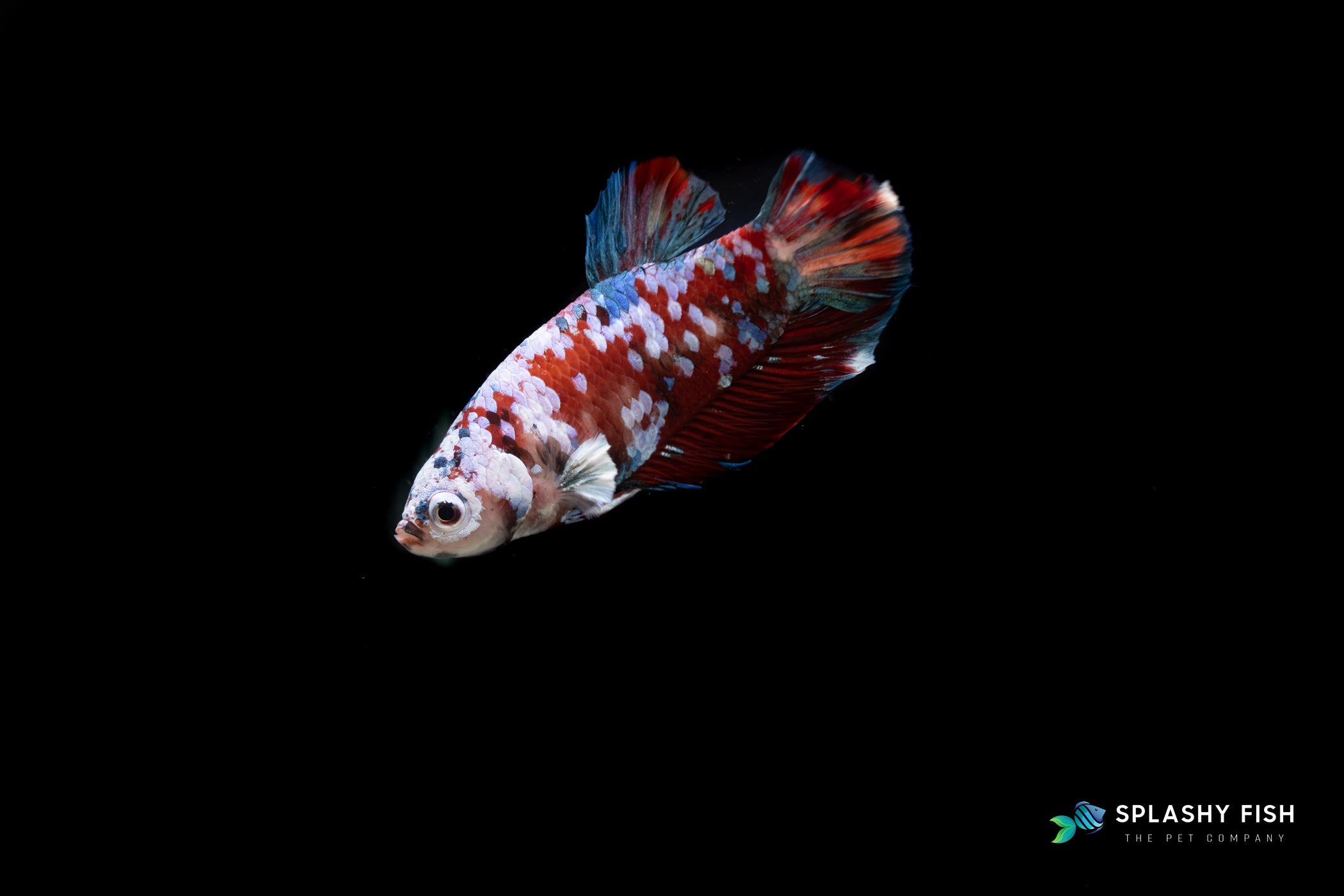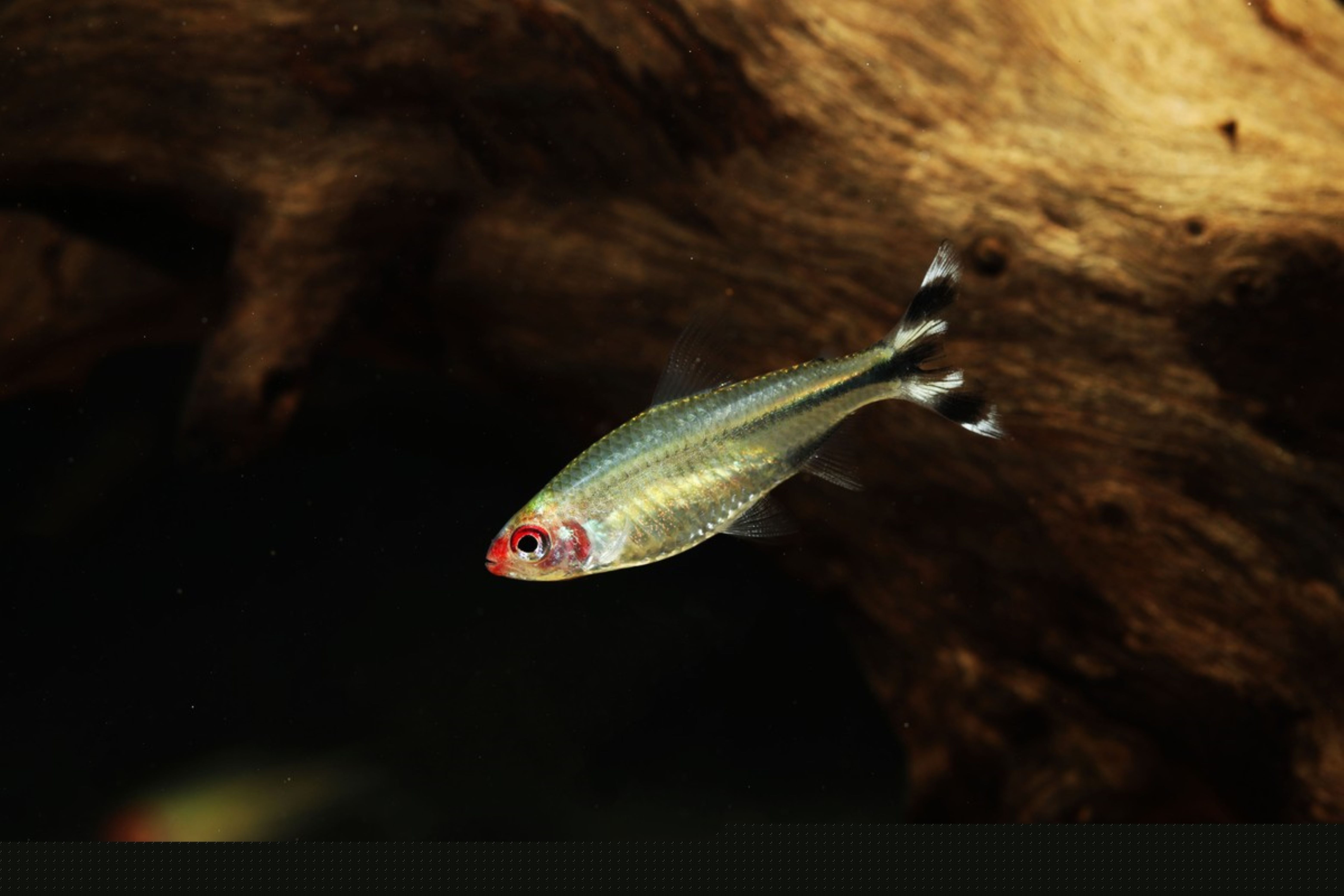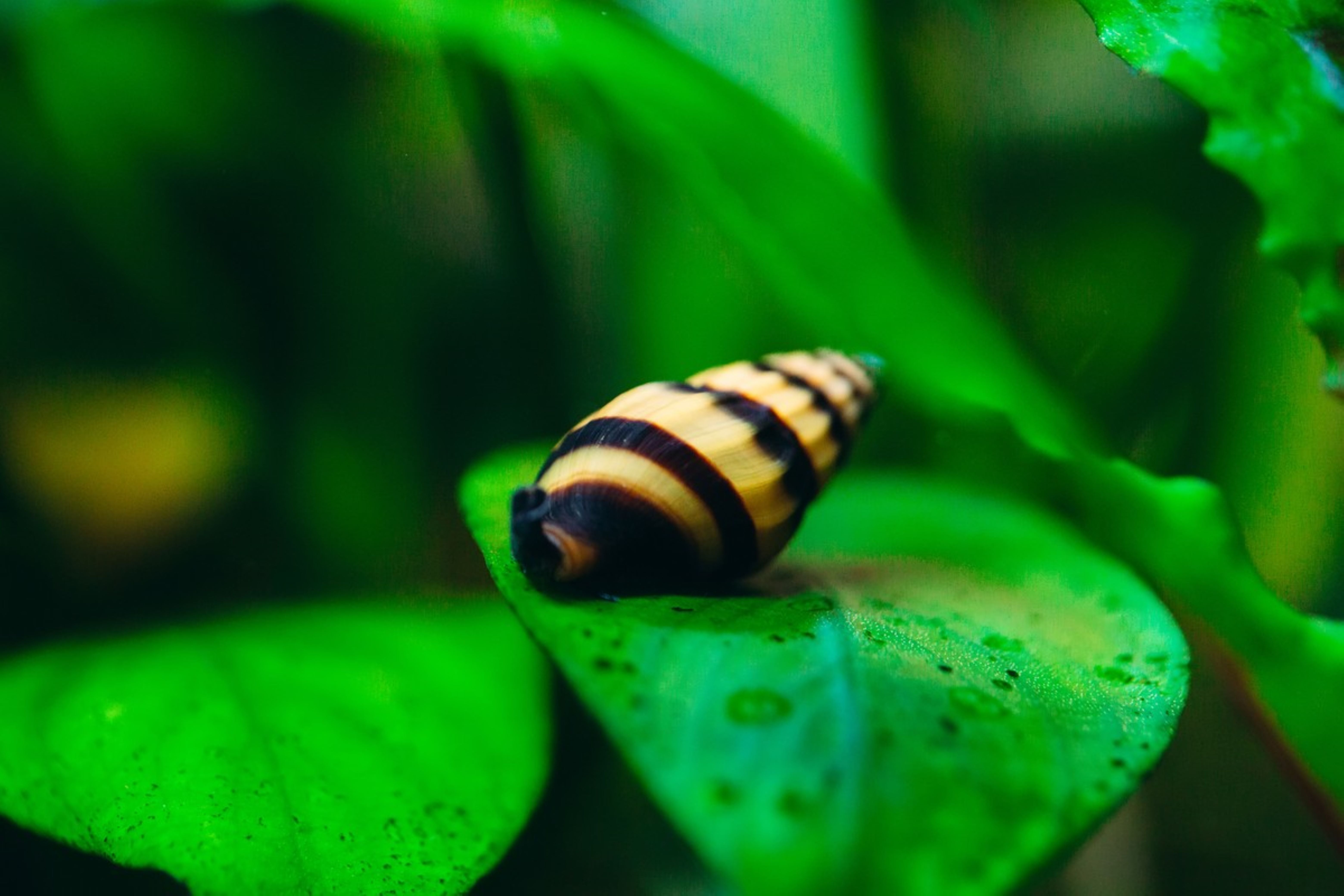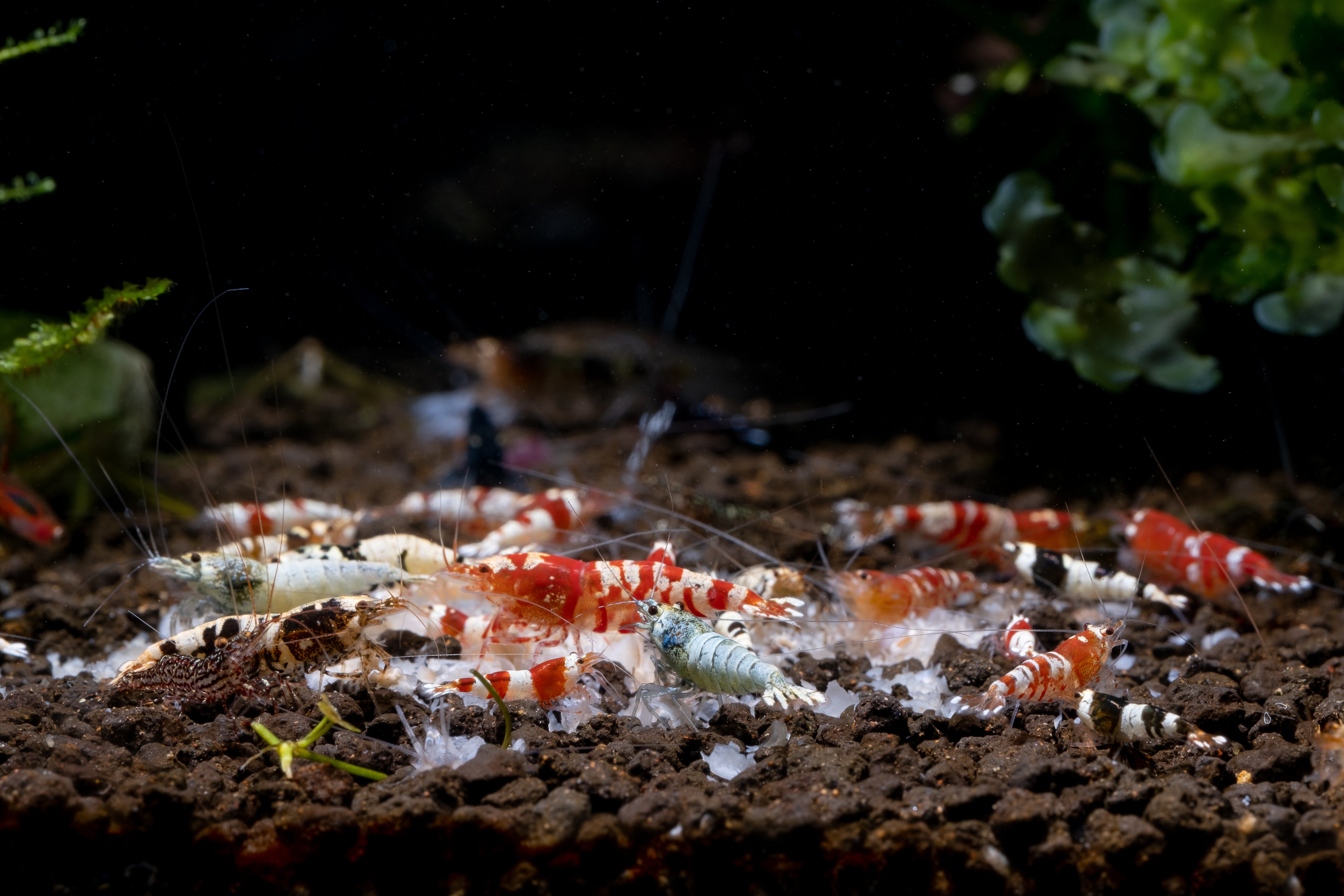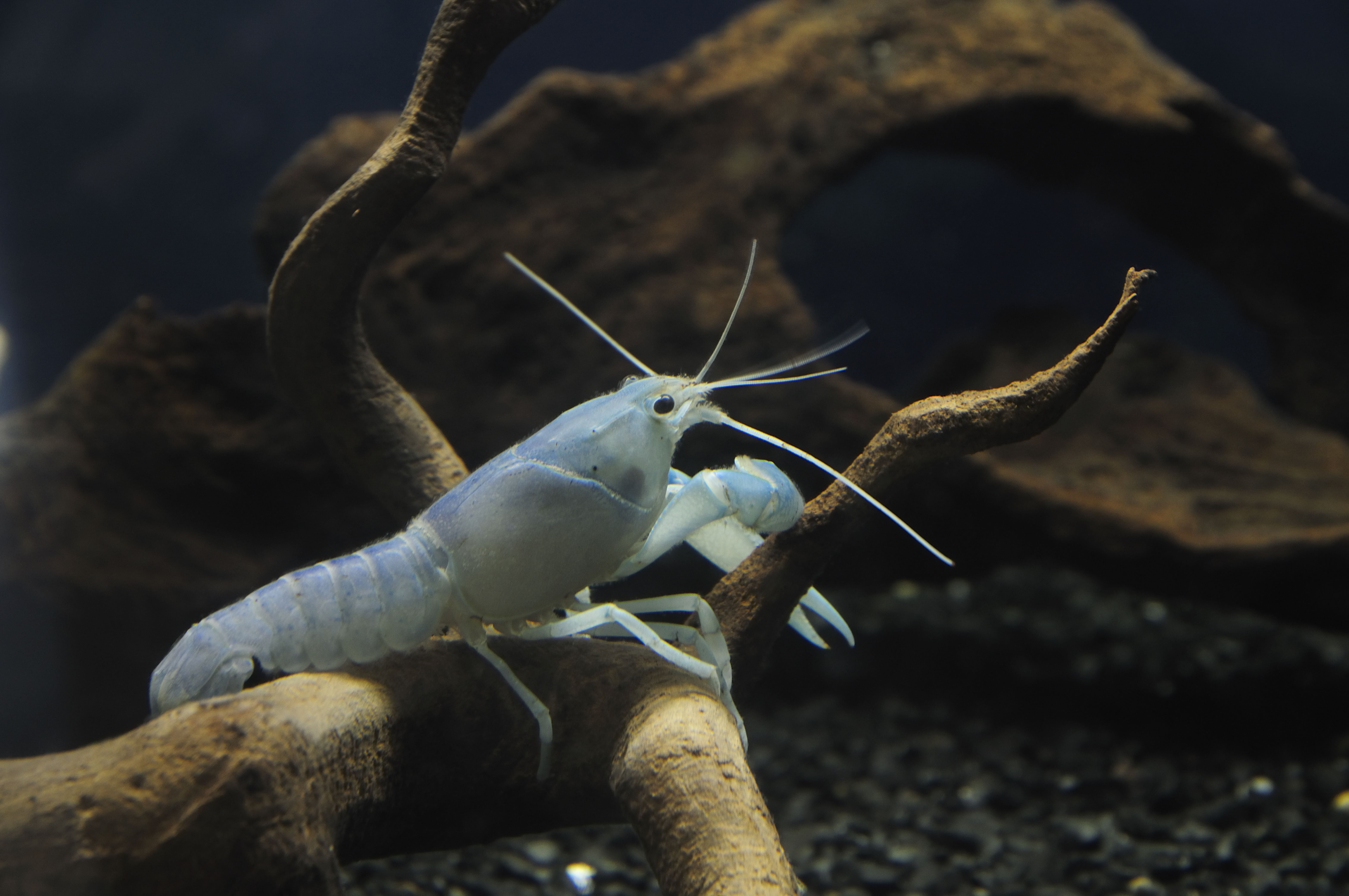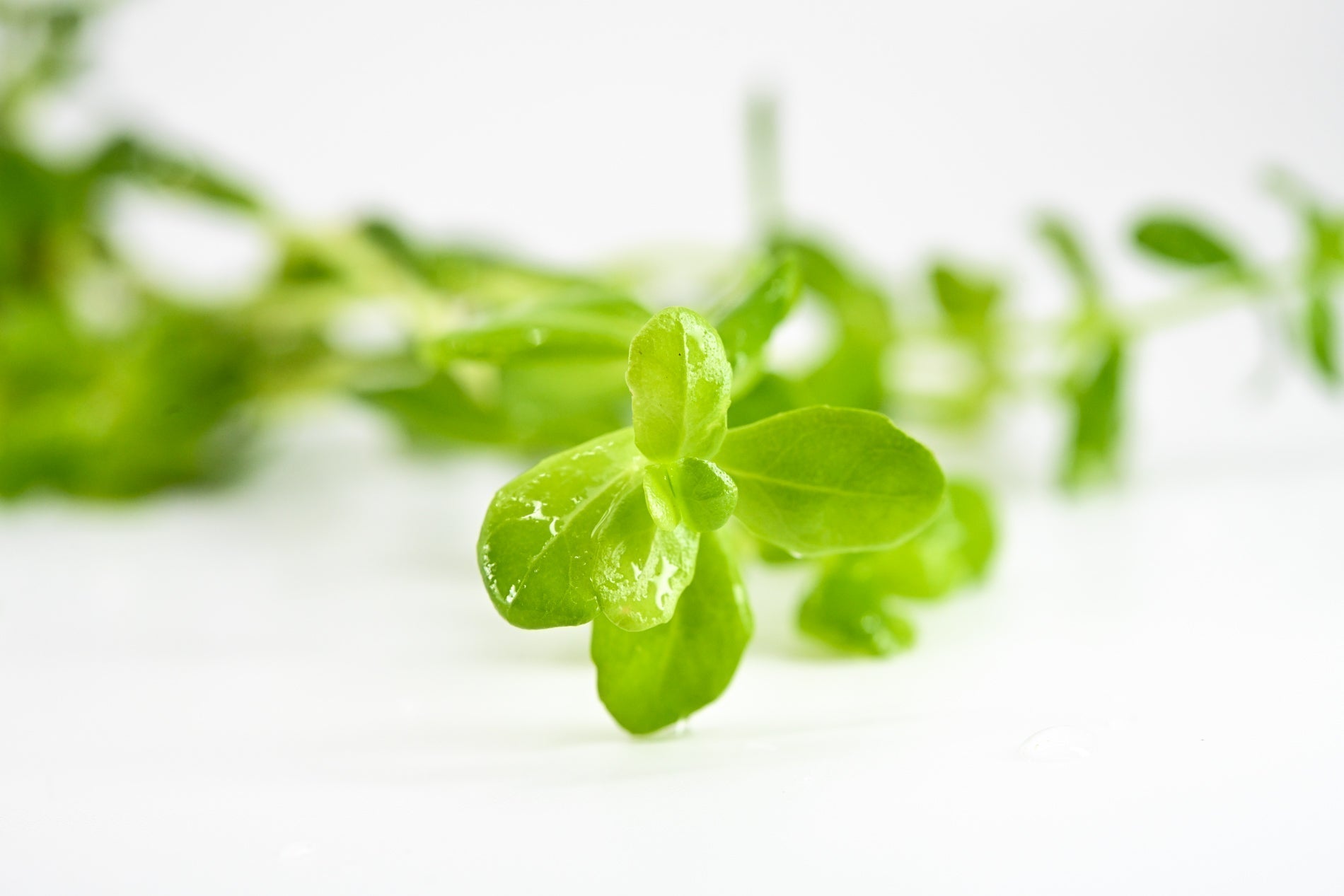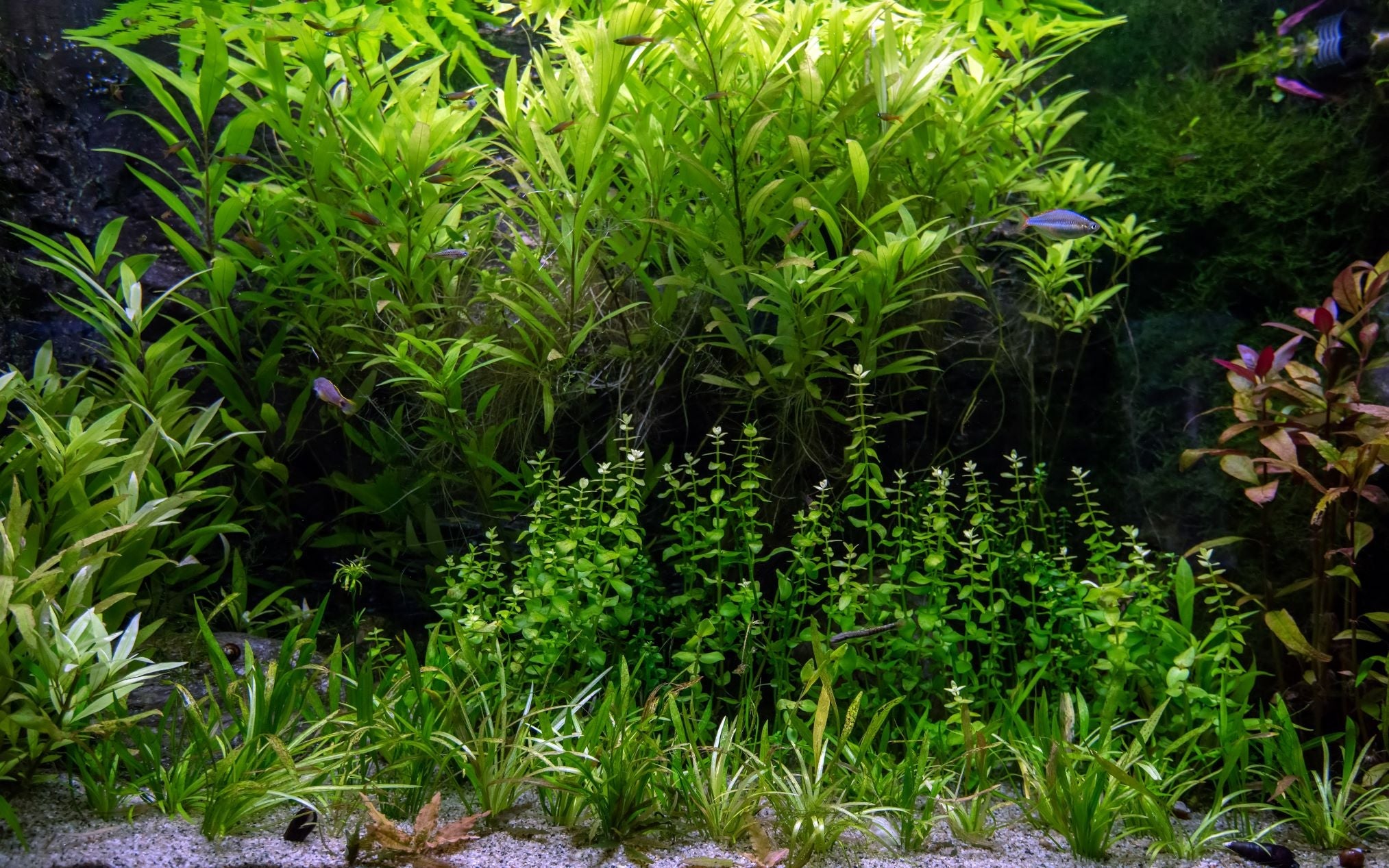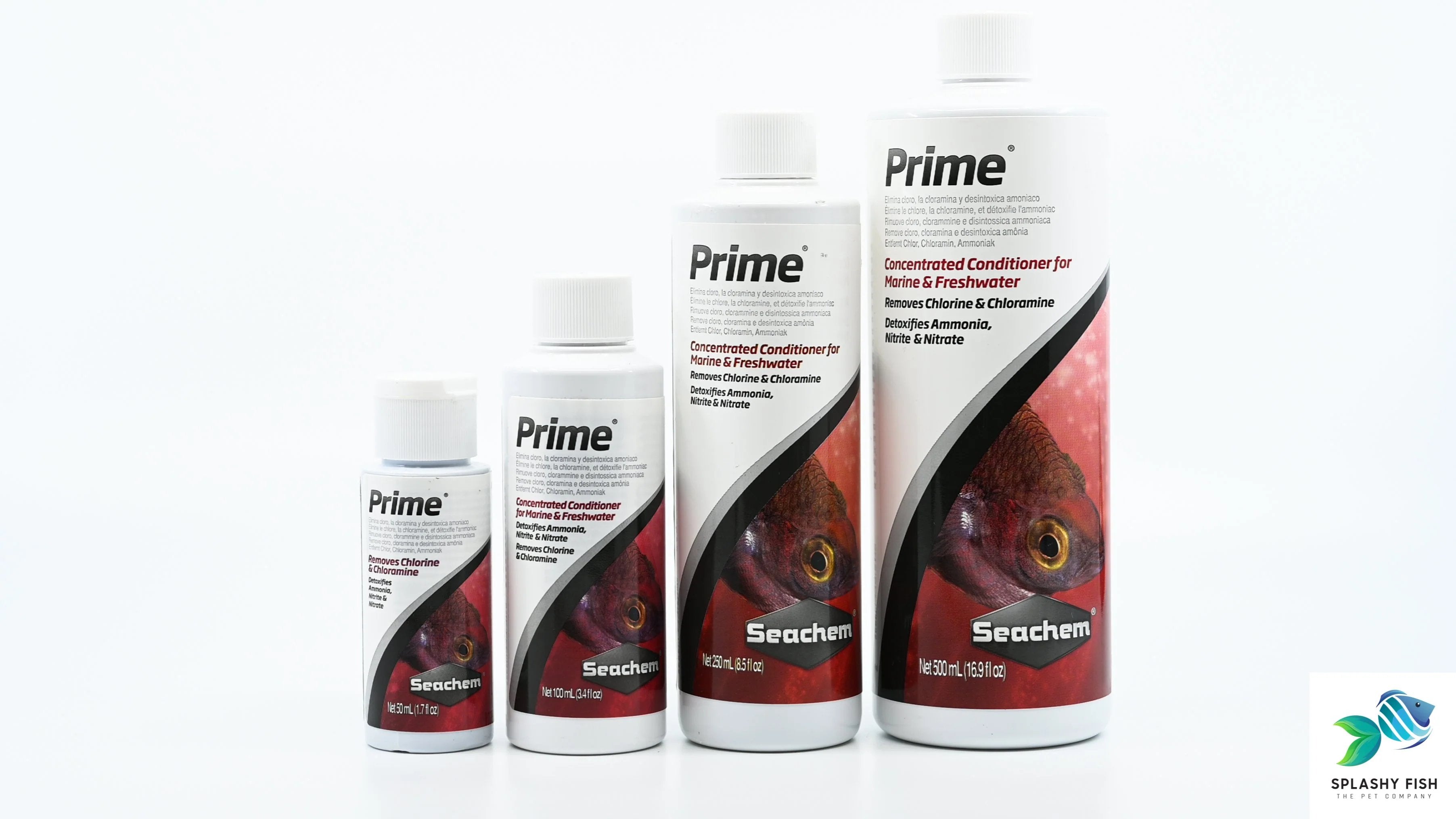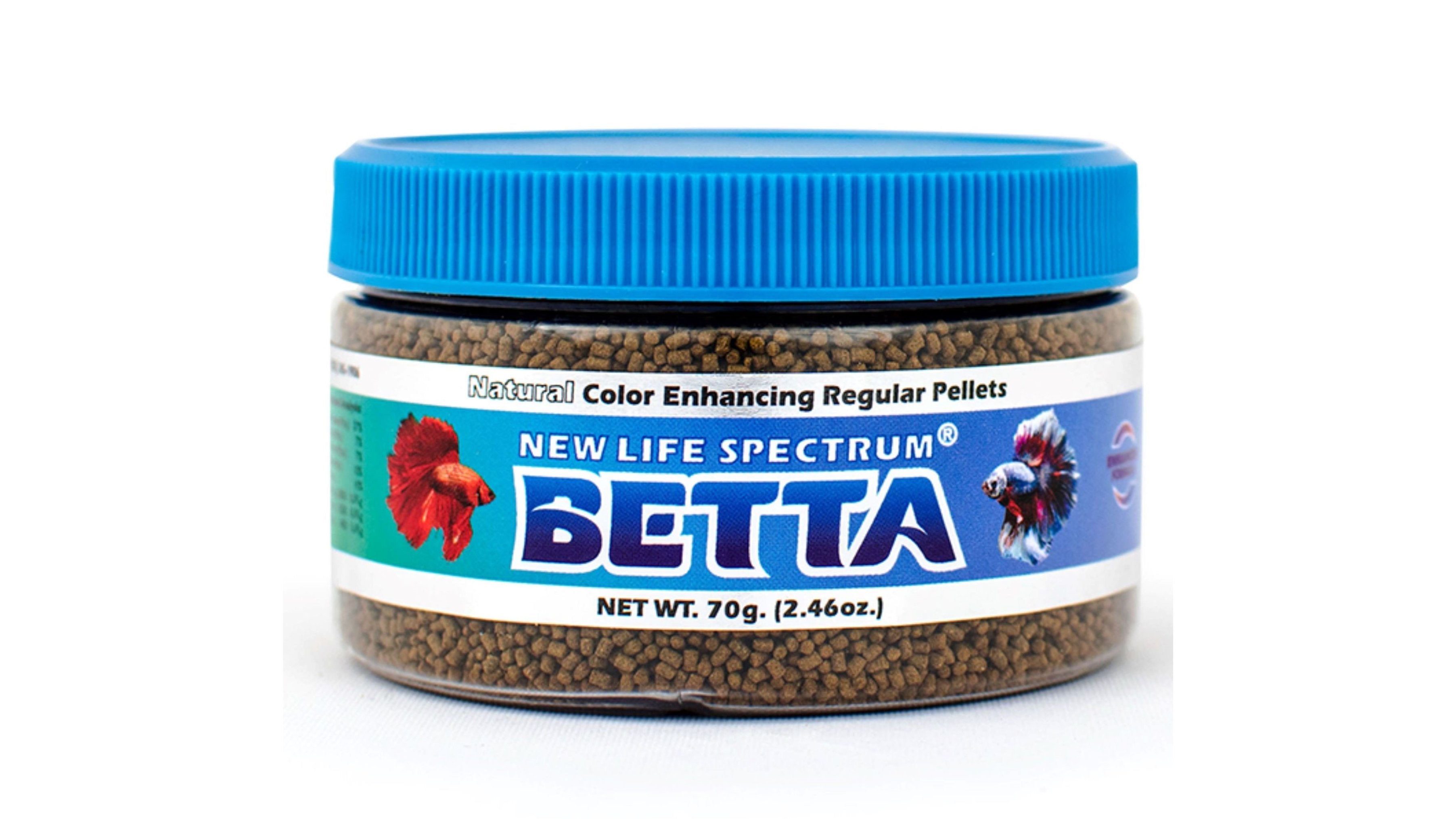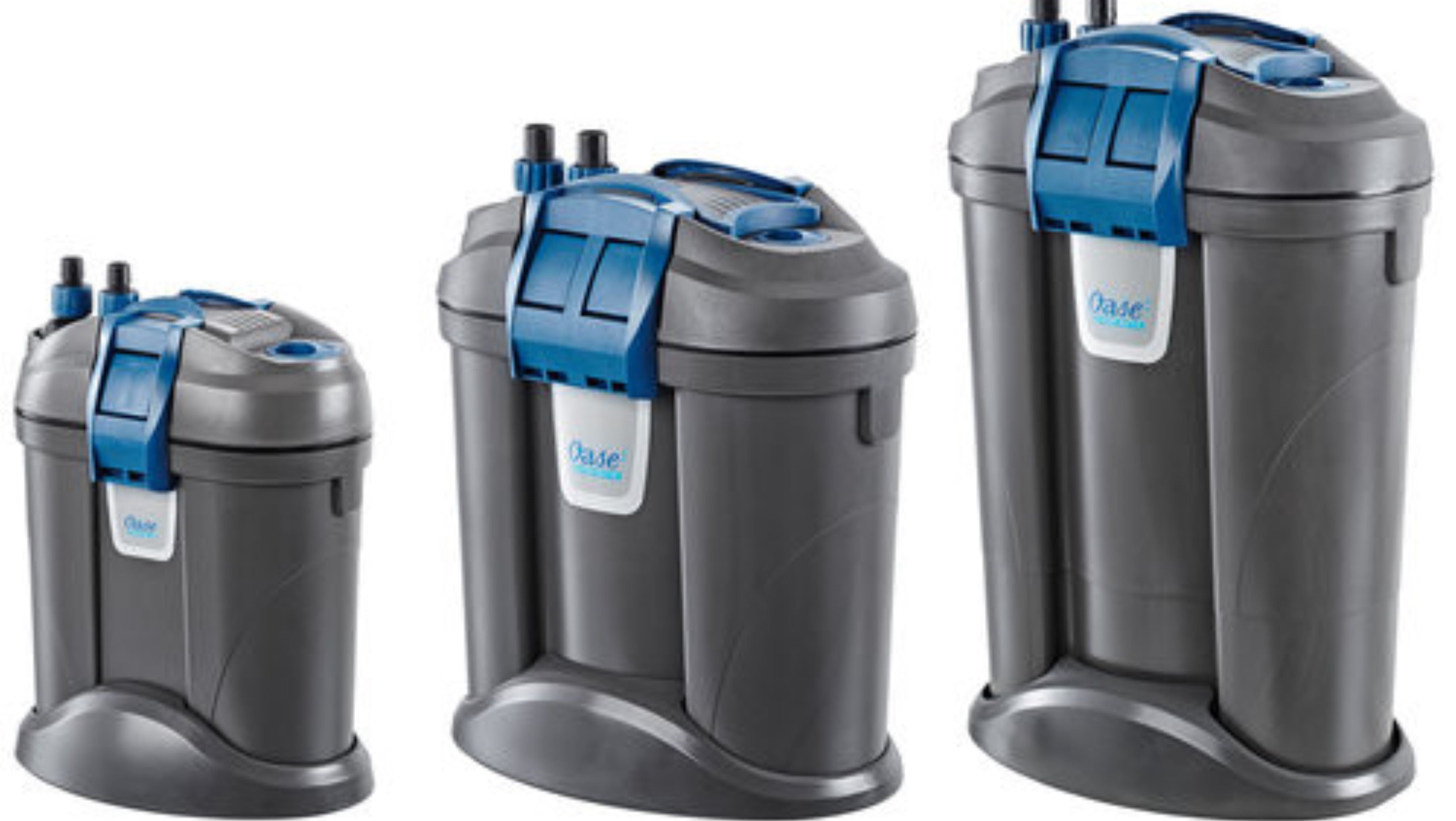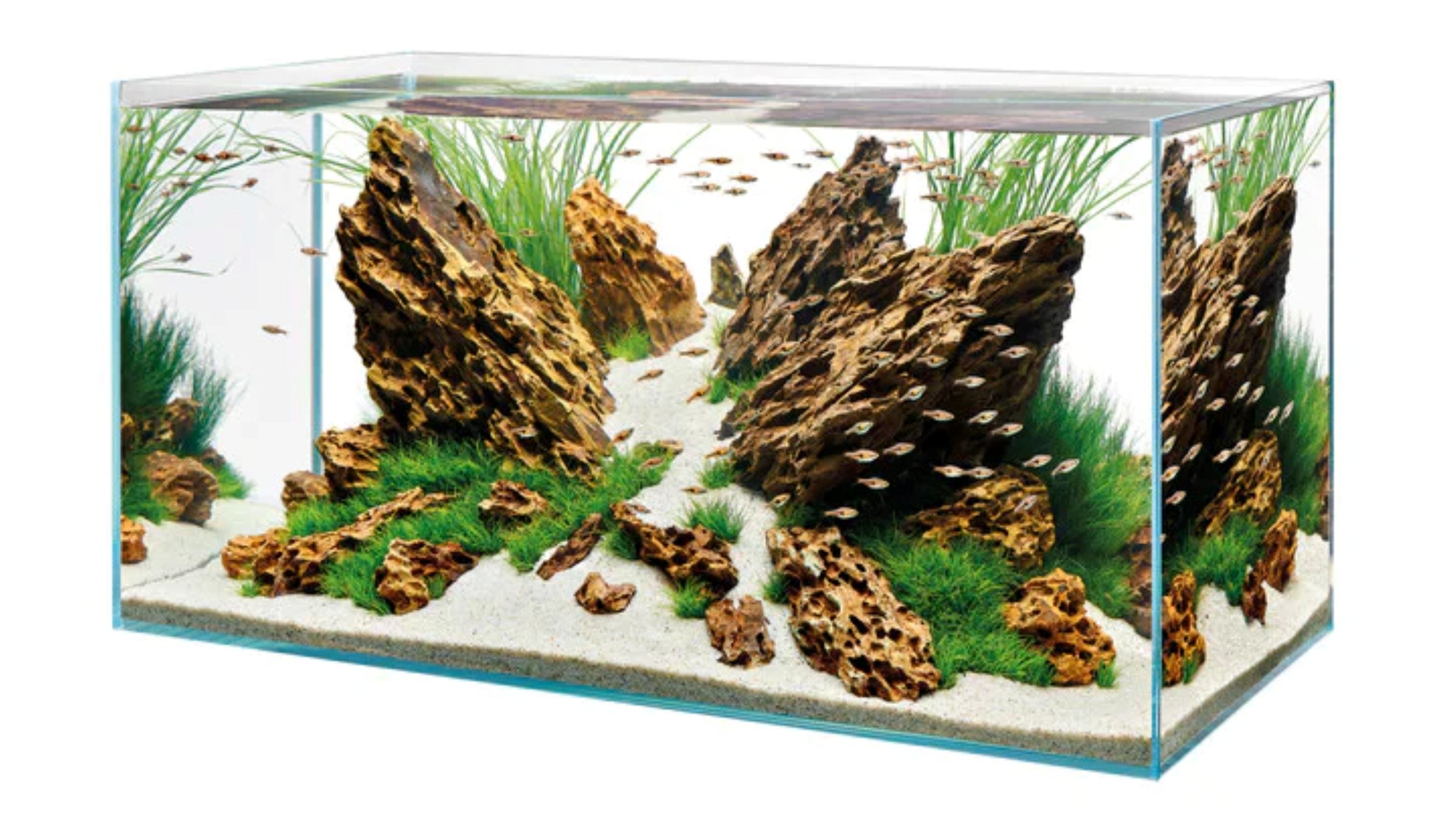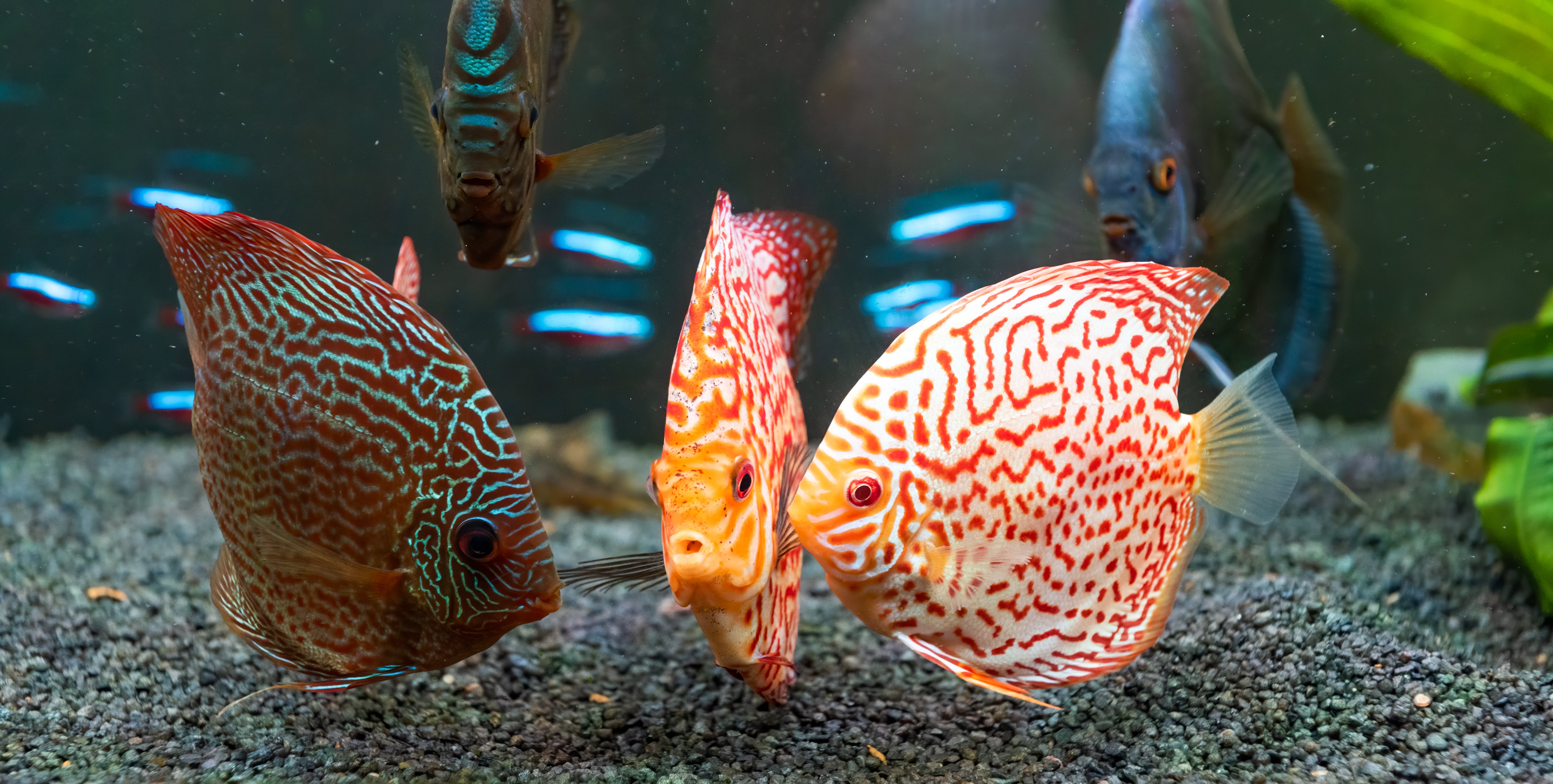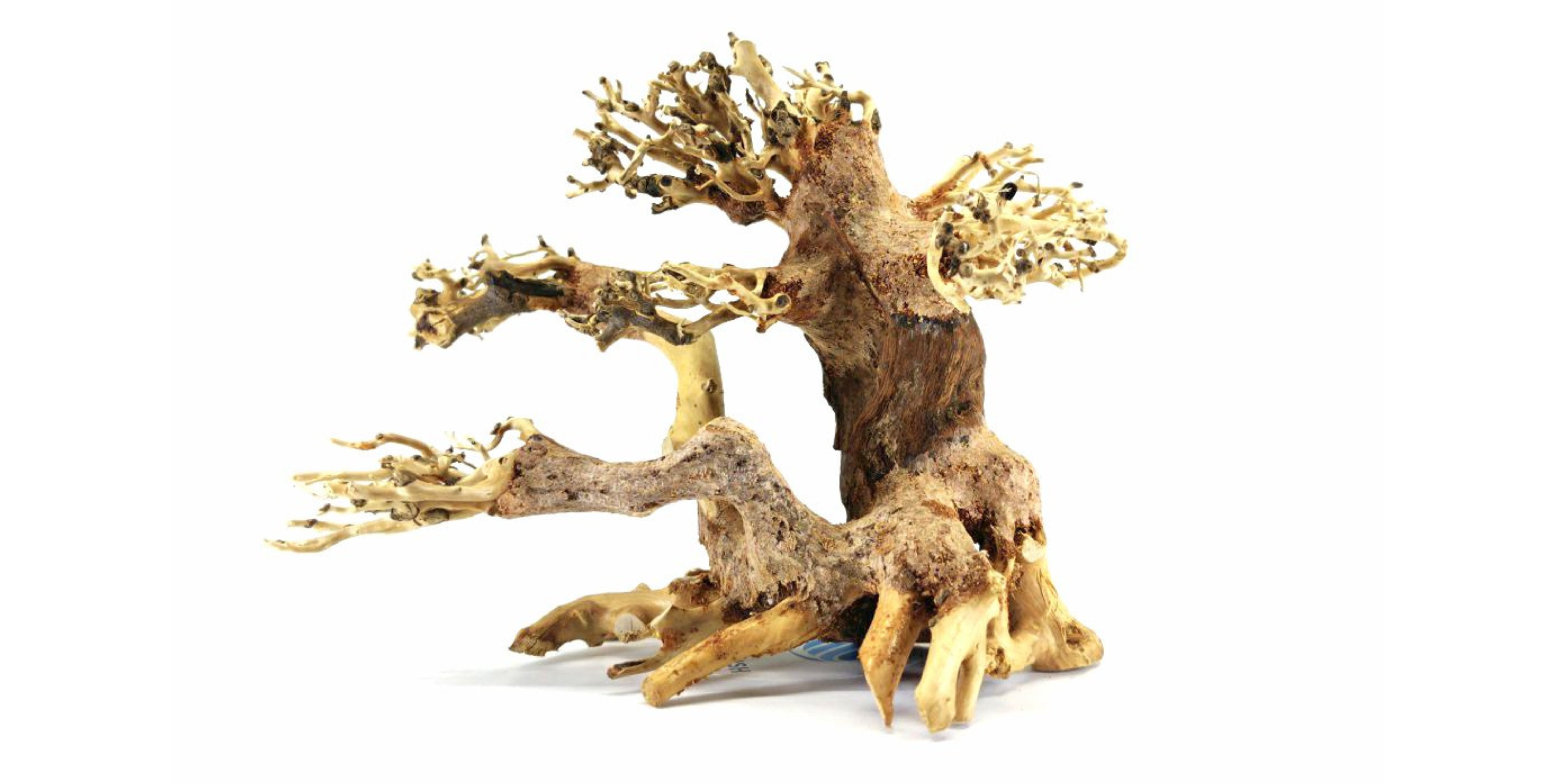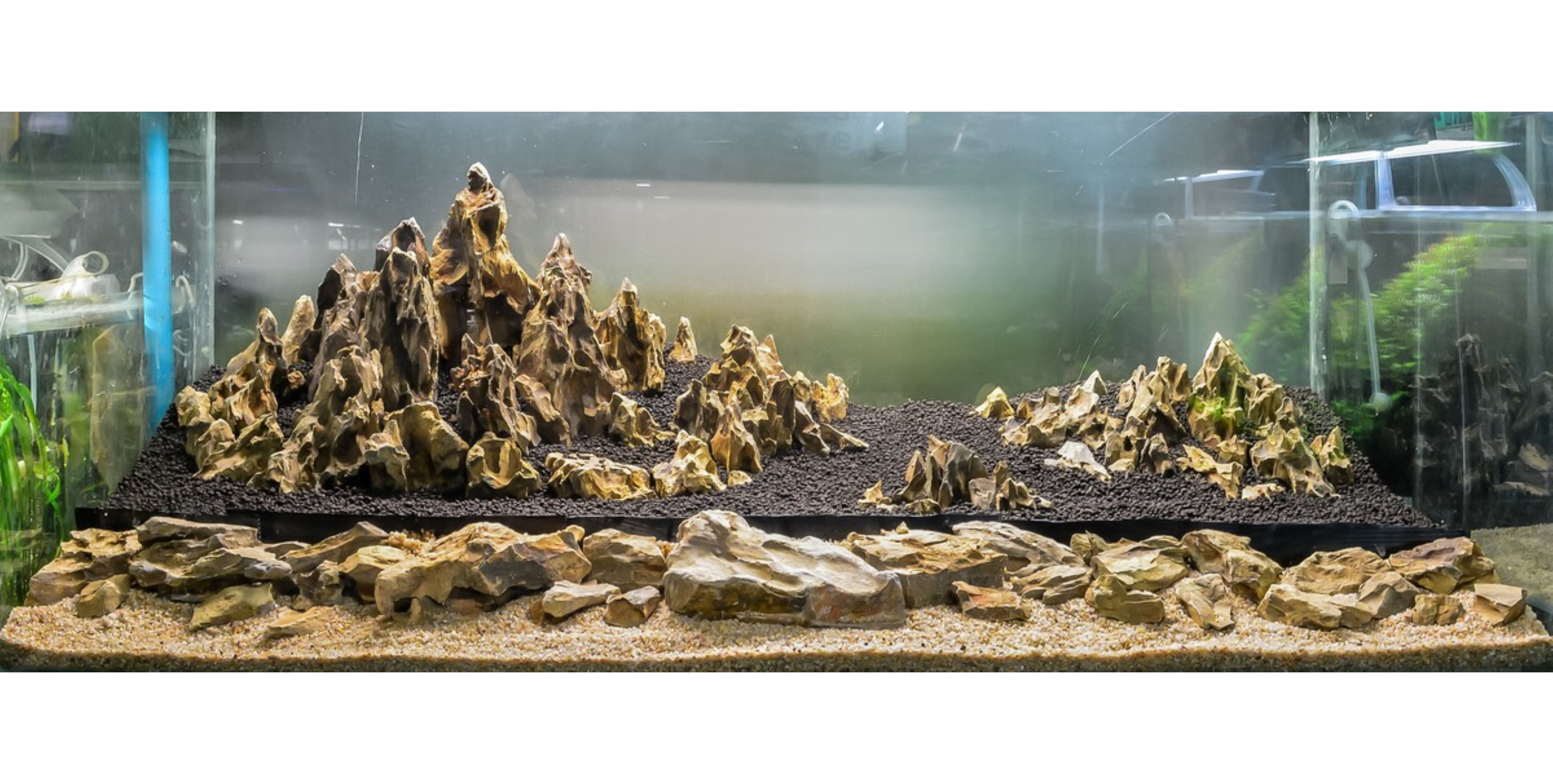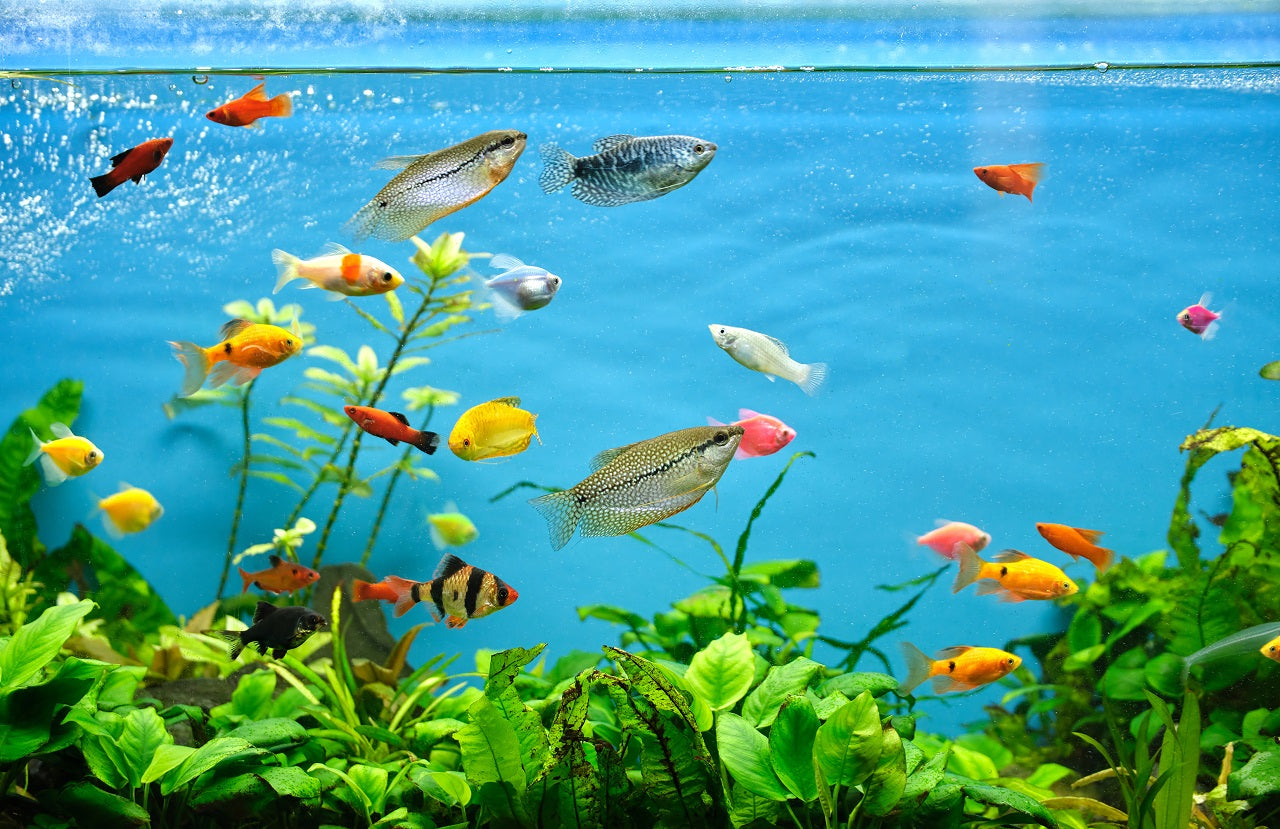Table of Contents
As the world of aquarium keeping continues to evolve, the popularity of nano aquariums—small tanks with a capacity of 10 gallons or less—has skyrocketed. These compact aquatic havens have captivated hobbyists of all experience levels, offering the beauty and serenity of underwater life in a minimal footprint. Whether limited by space or searching for a new, manageable challenge, enthusiasts are finding that nano aquariums bring big rewards. Our in-depth guide will lead you through the process of designing, stocking, and maintaining a successful nano aquarium.
The journey to nano aquarium mastery starts with understanding their unique appeal and the challenges they present. By selecting the right tank and equipment, you'll build a strong foundation for your miniature aquatic landscape. From there, delve into the art of crafting the perfect nanoscape, adorning it with stunning plants and substrates that create a lush, harmonious environment. To ensure a healthy, flourishing ecosystem, we'll guide you through cycling and establishing your new nano tank.
Once your nano aquarium's environment is fully prepared, it's time to welcome its pint-sized inhabitants. Explore our recommendations for small, peaceful fish species, as well as freshwater shrimp and snails that make excellent additions to a nano tank. Learn vital feeding and care tips to ensure the health and happiness of your aquatic residents succeed in their cozy quarters.
Finally, we'll deep dive into the world of algae control, nurturing inspiration through nano aquarium layout ideas, and navigating common issues that may arise. Stay in the know by keeping up with innovative technology and design concepts shaping the future of nano aquariums. By following our expert insights and advice, you'll soon be immersed in the magical, miniature world of nano aquariums. Let the adventure begin!
Benefits and Challenges of Nano Aquariums
The allure of nano aquariums lies in the world of possibilities they present within a compact space. Advantages of these small-scale ecosystems include both practical and aesthetic benefits:
- Space-efficient: Ideal for limited living spaces or offices, nano aquariums provide all the beauty of a larger tank but occupy minimal square footage.
- Budget-friendly: Given their smaller capacity, acquiring and maintaining nano aquariums often requires less financial investment than larger setups.
- Manageable: The compact size makes nano tanks less daunting to beginners and experienced hobbyists with limited time for maintenance.
Despite these advantages, it's essential to understand the challenges associated with nano aquariums. For example, maintaining proper water parameters can be more difficult in smaller tanks due to faster fluctuations. Additionally, overstocking can become an issue if not carefully monitored.
Selecting Equipment and Designing Your Nano Aquarium
Creating a well-functioning nano tank begins with equipping your setup with appropriate and reliable gear:
- Tank: Nano aquariums come in a range of shapes and sizes. Consider options such as all-in-one tank kits or rimless cube-shaped tanks for a sleek, minimalist look. Aim for 5-10 gallon tanks for more manageable maintenance.
- Filtration: Choose a high-quality filter designed for smaller aquariums. Opt for equipment like sponge filters or small hang-on-back filters to provide gentle water flow and maintain water quality.
- Lighting: LED lights are a popular choice for nano tanks. Ensure your lighting system provides adequate coverage and spectrum for the tank's plants and inhabitants.
- Heater: For tropical tanks, install a small, reliable heater to maintain consistent water temperature within the appropriate range for your chosen species.
Choosing Plants and Substrate for Your Nano Aquascape
The visual appeal of a nano aquarium comes from its intricate, detailed aquascape. The right plants and substrate will breathe life into your mini underwater oasis:
- Substrate: Choose a substrate that supports the needs of your plants and critters. Options such as nutrient-rich aqua soil or fine-grained sand work well in many nano aquascapes.
- Foreground Plants: Accentuate your aquascape with small, carpet-forming plants for the foreground, such as Dwarf Baby Tears or Monte Carlo.
- Midground Plants: Create depth using bushier midground plants like Java Fern, Anubias Nana, and Cryptocoryne Wendtii.
- Background Plants: Utilize taller, fast-growing plants like Vallisneria or Rotala Rotundifolia as a lush backdrop.
Stocking Your Nano Aquarium: Fish Species, Shrimp, and Snails
Stocking a nano aquarium requires careful species selection. Aim to house small, peaceful, and hardy underwater inhabitants that can thrive in a small environment:
- Nano Fish Species: Consider nano fish like Celestial Pearl Danios, Chili Rasboras, or Ember Tetras, which add vibrant color and activity to your mini aquarium.
- Freshwater Shrimp: Species like Red Cherry Shrimp, Amano Shrimp, and Blue Velvet Shrimp offer natural algae control and are perfect for most nano tanks.
- Snails: Aquatic snails, such as Nerite Snails or Malaysian Trumpet Snails, complement shrimp and fish by aiding in algae control and substrate cleanup.
Remember to research each species' requirements and compatibility before adding them to your tank.
Nano Aquarium Maintenance: Water Parameters, Feeding, and Troubleshooting
Diligent maintenance is crucial for the ongoing success of your nano aquarium. Monitor water parameters, execute timely feedings, and troubleshoot potential issues:
- Water Parameters: Maintain a consistent water temperature (around 72-78°F for tropical nano tanks) and slightly acidic to neutral pH (6.5-7.5). Test ammonia, nitrite, and nitrate levels regularly to ensure a stable environment.
- Feeding: Feed nano fish, shrimp, and snails a balanced diet of high-quality, appropriately-sized food. Remember, overfeeding can cause water quality issues in a small tank.
- Water Changes: Change 20-30% of your nano aquarium's water every 1-2 weeks using a gravel vacuum to remove debris and uneaten food.
- Troubleshooting: Watch for common issues such as algae blooms, overstocking, and signs of illness in your critters. Addressing these problems early helps ensure a healthy and thriving nano tank.
Conclusion
Nano aquariums present a unique opportunity to explore the intricate beauty of underwater ecosystems within a compact, accessible space. By carefully selecting equipment, plants, and inhabitants from Splashy Fish, you can create a stunning and functional nano aquascape.
With consistent attention to water parameters, feeding, and maintenance, a nano aquarium thrives as a captivating centerpiece in your living or working space. Whether you are new to the hobby or an experienced aquarist, cultivating a successful nano aquarium provides immense satisfaction and awe for the miniature world of aquatic life. Visit our fish store today!

